Lens options if you have an ADD power
From multifocal lenses to task-specific glasses, there are many lens options to suit your prescription, lifestyle, and budget.
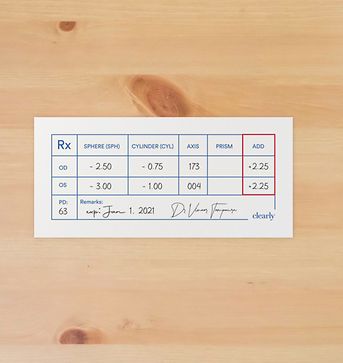
From multifocal lenses to task-specific glasses, there are many lens options to suit your prescription, lifestyle, and budget.
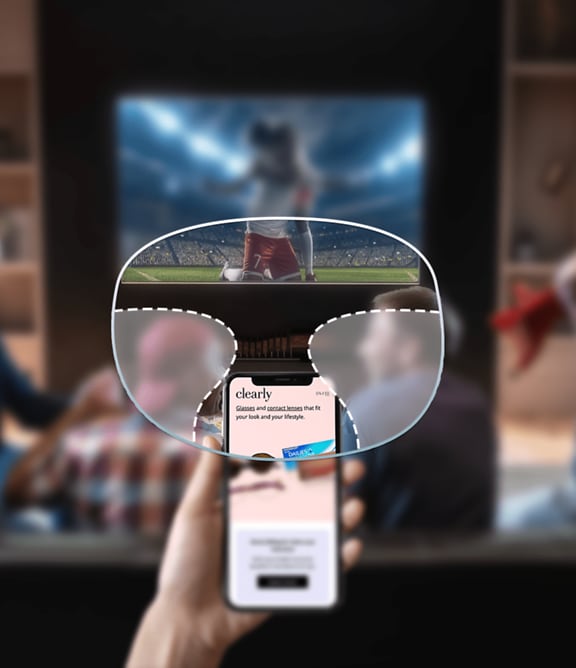
Smooth transition between distance, intermediate, and near vision. Modern multifocal design, with no visible line. Some peripheral distortion at the sides of your lenses.
Suitable for routine activities (working, reading, driving, watching TV, and walking)
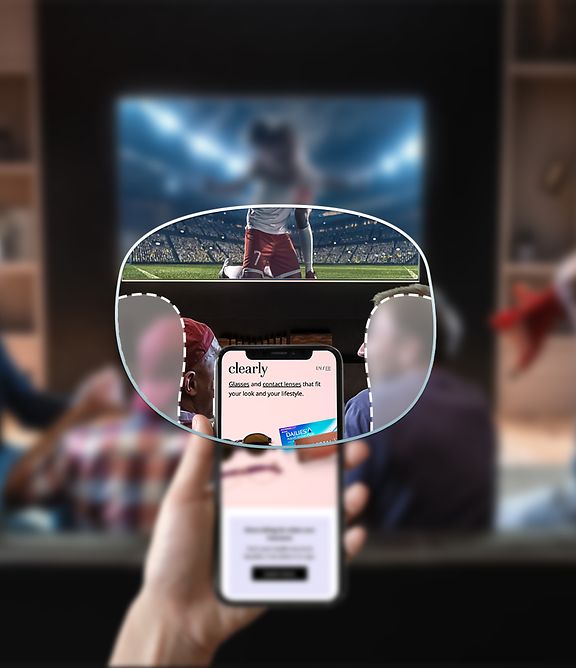
Smooth transition between distance, intermediate, and near vision. Modern multifocal design, with no visible line. Some peripheral distortion at the sides of your lenses.
Suitable for routine activities (working, reading, driving, watching TV, and walking)

Designed for screen-time use. Correction for intermediate and near distance (no far distance correction). Larger field of intermediate vision for better clarity when working at your desk.
Suitable for screen time on a computer or laptop
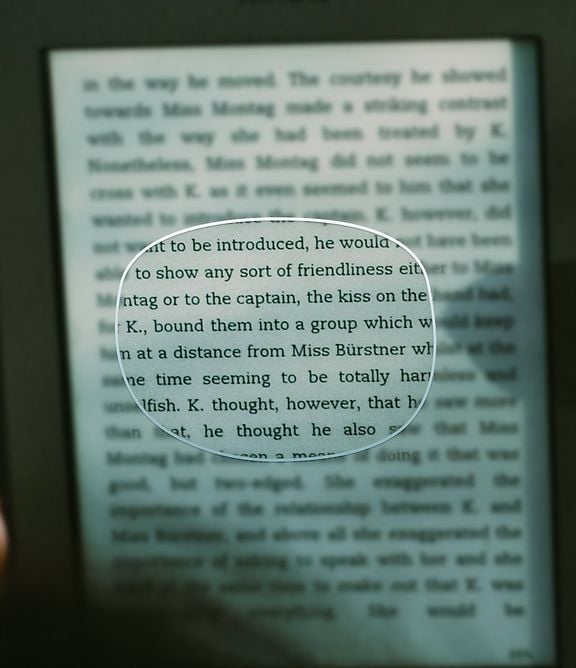
Clear near vision at a typical reading distance (approximately 45cm to 55cm). Not suitable for viewing objects at an intermediate or far distance (unlike progressive lenses).
Suitable for reading (both print and phone/tablet screens)
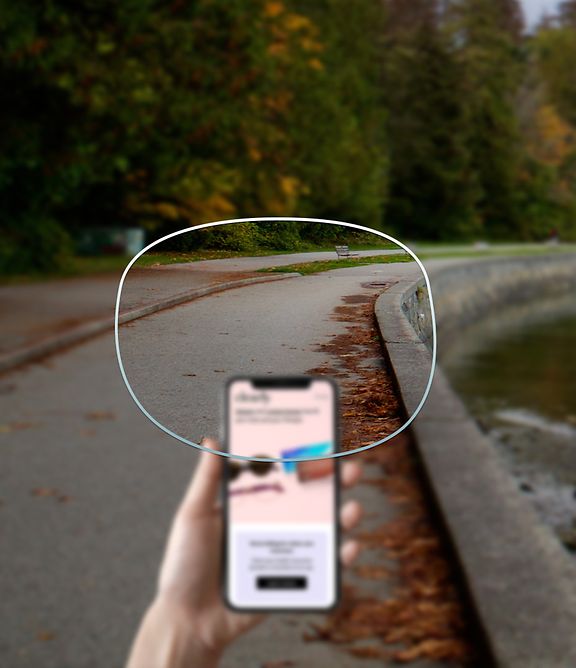
Provide vision correction for one prescription across the entire lens. Designed for distance correction, or if you have an ADD power and prefer to switch between pairs for task-specific purposes (such as playing sports).
Suitable for seeing 2m and further

Traditional multifocal lens with visible line across the lens surface. Only provide near (about 40cm) and far (2m and further) vision correction. Bottom part of the lens (the near prescription) is usually a semi-circle shape.
Suitable for those who are unable to wear progressives. Please note: we do not currently offer bifocal lenses.
Add progressive lenses to create a custom pair of multifocal glasses.
If you see an ADD power in your glasses prescription, you require more than one prescription to see clearly at different distances. You can either choose to wear progressive lenses, which provide near, intermediate, and far vision correction within the same lens, or change glasses depending on whether you’re looking at objects that are near or far away.
Your 'reading prescription' and the 'ADD power' on your prescription are two different things. The 'ADD power' is the amount of magnification that is added to your distance correction that’s needed for reading up close. The 'reading power' is the total corrective strength needed for you to see something clearly at 45 to 55cm. Ask your eye doctor about it on your next visit.
Presbyopia typically begins to affect people in their 40s. It impacts your ability to focus on near objects, making it difficult to clearly see things that are near (like a book or phone), at arm’s length (like a computer screen), and objects that are further away at the same time. That’s where multifocal lenses come in.
The internal lenses in your eyes become less elastic, making it harder for the muscles in your eyes to pull on these stiffer lenses to focus on nearby things like fine print. This causes images at near distance to appear out of focus.
If you require distance correction when you develop presbyopia, a pair of progressive lenses will provide vision at both near, intermediate, and far distances.